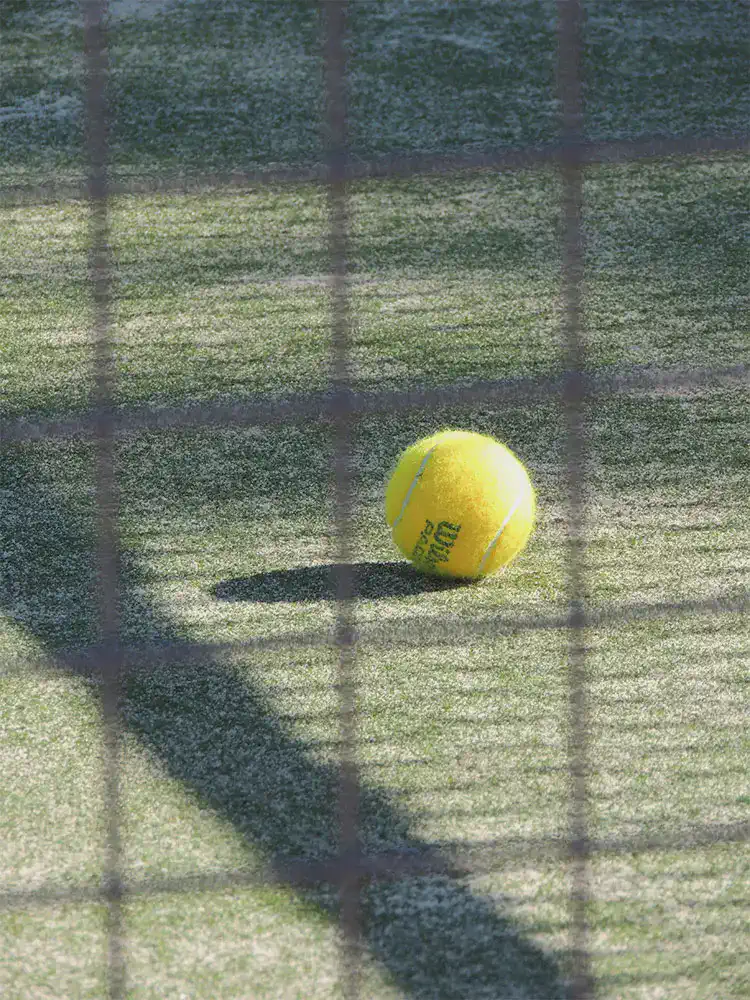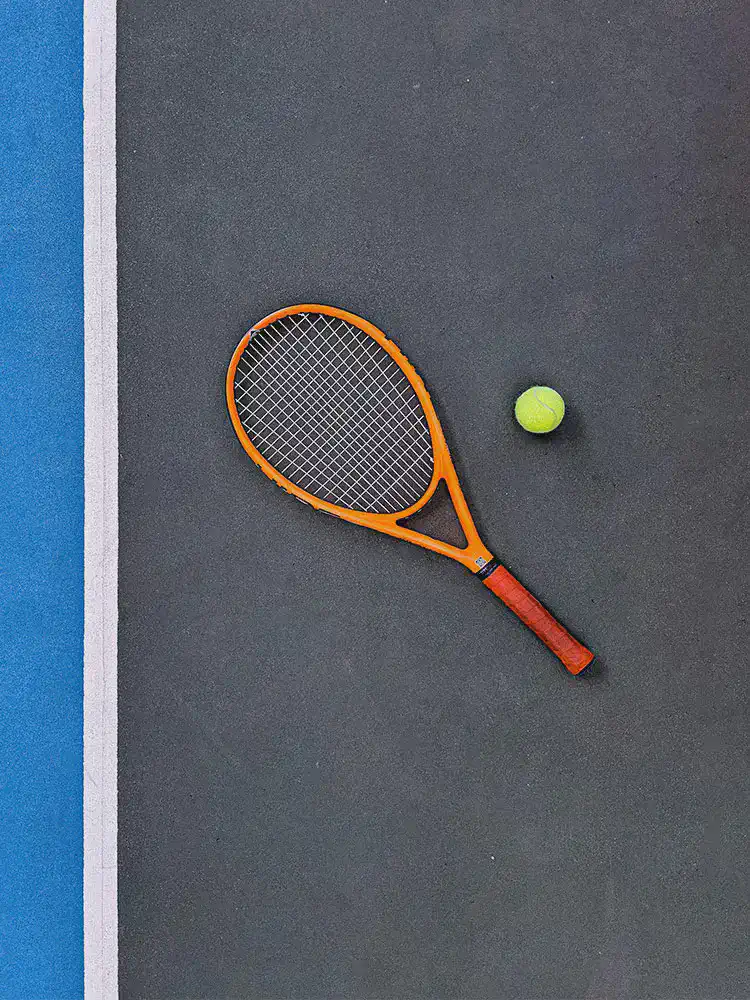Tennis, a sport celebrated globally for its thrilling blend of physical prowess and strategic acumen, offers a unique blend of challenge and excitement. This guide is designed to help both beginners and seasoned enthusiasts understand the ins and outs of tennis, from basic terminology and dress code to scoring intricacies and common interruptions during play. With detailed explanations and insights, let’s unravel the dynamic world of tennis.
What to wear to play tennis? Suitable clothing for playing tennis
Before hitting the court, it’s crucial to wear appropriate attire to ensure comfort and flexibility. Traditional tennis attire includes:
- Shirts: Lightweight, breathable polo shirts or athletic t-shirts.
- Shorts/Skirts: Comfortable tennis shorts or skirts with pockets for holding balls.
- Shoes: Specialized tennis shoes that offer good court traction and support.
- Accessories: Sweatbands, caps, and visors to manage sweat and sun exposure.
Wearing the right clothing not only improves your performance but also adheres to the etiquette of the sport.

Who serves first in tennis? explanation of who starts the pitch
Determining who serves first in a tennis match is decided by a coin toss or a spin of the racket. The winner of the toss chooses either to serve, receive, or pick a side of the court. The choice of serving first can be strategic, influencing the initial dynamics of the game.
What is a fault in tennis? define and explain faults
A fault in tennis is a serve that fails to land the ball in the correct service box. Here are scenarios that constitute a fault:
- Service hits the net.
- Ball lands outside the opponent’s service box.
- Server steps on or over the baseline before the ball is struck (foot fault).
A fault leads to a second serve; two consecutive faults result in a double fault, costing the server the point
What is a break point in tennis?
A break point occurs when the receiver has a chance to win the game with the next point while the opponent is serving. This is a crucial moment in the match as it can shift the momentum by allowing the receiver to ‘break’ the server’s advantage.
What does it mean when a tennis match is suspended? Suspension due to weather or other factors
Suspended matches
A tennis match is suspended when conditions become unfit for play, typically due to bad weather like rain or insufficient light. Suspensions can halt play for minutes, hours, or even days.
Game interruptions
An interruption in tennis refers to a temporary halt in the game due to unforeseen circumstances, such as an injured player, a stray ball on court, or audience disturbance. Play resumes from the point at which it was stopped.
What are total games in tennis? explaining how games are counted
In tennis, “total games” refers to the total number of games played during a match. Each game counts as one unit towards this total, regardless of who wins the game. In standard play, a set is won by the first player or team to win at least six games with a margin of at least two games over the opponent. Matches can be best of three sets or best of five sets, thus the total number of games can vary significantly depending on the competitiveness of the match and the specific format being played.
The ball is out of bounds: What is out in tennis?
A ball is declared “out” when it lands outside the specific boundaries of the tennis court after being struck by a player. The boundaries are defined by the outer lines of the court — these include the baseline (the end line of the court) and the sidelines (the lines running perpendicular to the net). If a ball touches any part of a line, it is considered “in,” but if it lands completely outside the line, it is “out,” and the point is awarded to the opposing player or team.
What is a pro set in tennis?
A pro set is a type of match format different from the typical best-of-three or best-of-five sets. In a pro set, players compete to win either 8 or 10 games, and the first player to reach this total wins the set, and consequently, the match. There is no requirement to win by two games. Pro sets are less common in professional tournaments but are popular in club play, junior matches, and college tennis as they allow matches to be completed more quickly.
What does WC mean in tennis: wild card value in tournaments
In tennis tournaments, a “wild card” refers to an entry granted to a player who has not qualified through the normal competitive process, such as rankings or qualifications. Tournament organizers issue wild cards to promote local players, to encourage players coming back from injury, or to allow promising young players to compete at a higher level. Wild cards can significantly impact the draw by introducing unexpected elements and opportunities for new talent.

What is a foot fault in tennis? Improper foot placement when serving
A foot fault in tennis occurs during a player’s serve when the server illegally touches the baseline or the court with their foot before striking the ball. It is similar to a false start in racing. This rule ensures that the server does not gain an unfair advantage by reducing the distance between themselves and the net. A foot fault results in a fault call, and if it happens on a second serve, it leads to a double fault and the loss of the point. You can read more about the rules of tennis here.
What are pressureless tennis balls? the characteristics of these balls
Unlike standard tennis balls, which have a hollow core filled with air under pressure, pressureless tennis balls do not lose their bounce over time because they lack internal air pressure. They are heavier and less lively initially but maintain their consistency and last longer, making them ideal for practice and recreational play. Pressureless balls are especially useful for ball machines and training because they endure much longer wear and tear.
What is hindrance in tennis? explaining how a hiccup affects the game
Hindrance occurs when a match is disrupted by an external factor, leading to interference with play. This can include noises, gestures, or actions by spectators, players (like shouting during a point), or even lost items on the court. When hindrance occurs, the point is usually stopped and replayed. However, if a player is found to have caused intentional hindrance, they may forfeit the point.
Conclusion
In conclusion, understanding the detailed aspects of tennis, from its terminology to the strategic decisions in gameplay, can significantly enrich your experience of the sport. Whether you’re just starting out or seeking to refine your knowledge, this guide provides a thorough overview of the crucial components that make tennis both challenging and exciting. By mastering the terms and concepts discussed, players can not only improve their game but also appreciate the deeper intricacies of tennis strategy and etiquette. Embrace these insights and step onto the court with confidence, ready to enjoy every serve and volley with a deeper understanding of this dynamic sport.